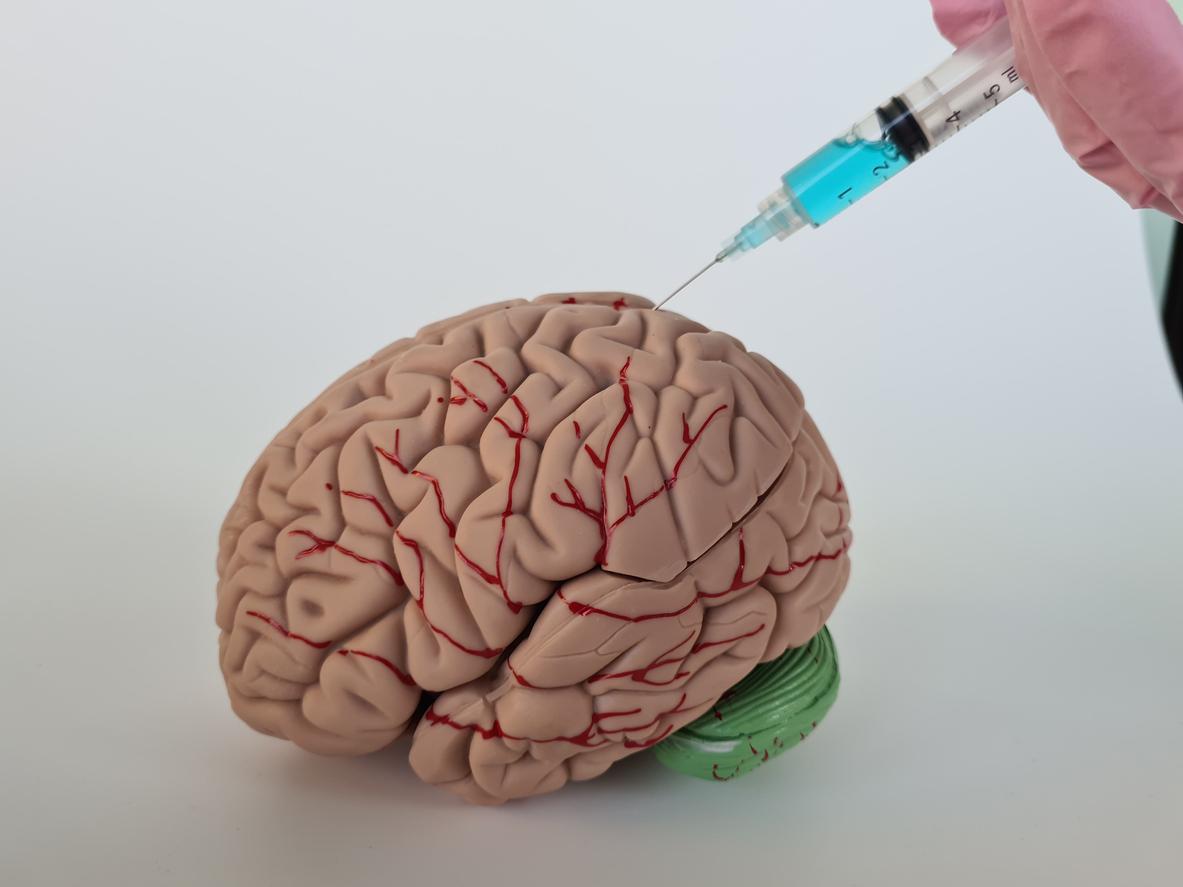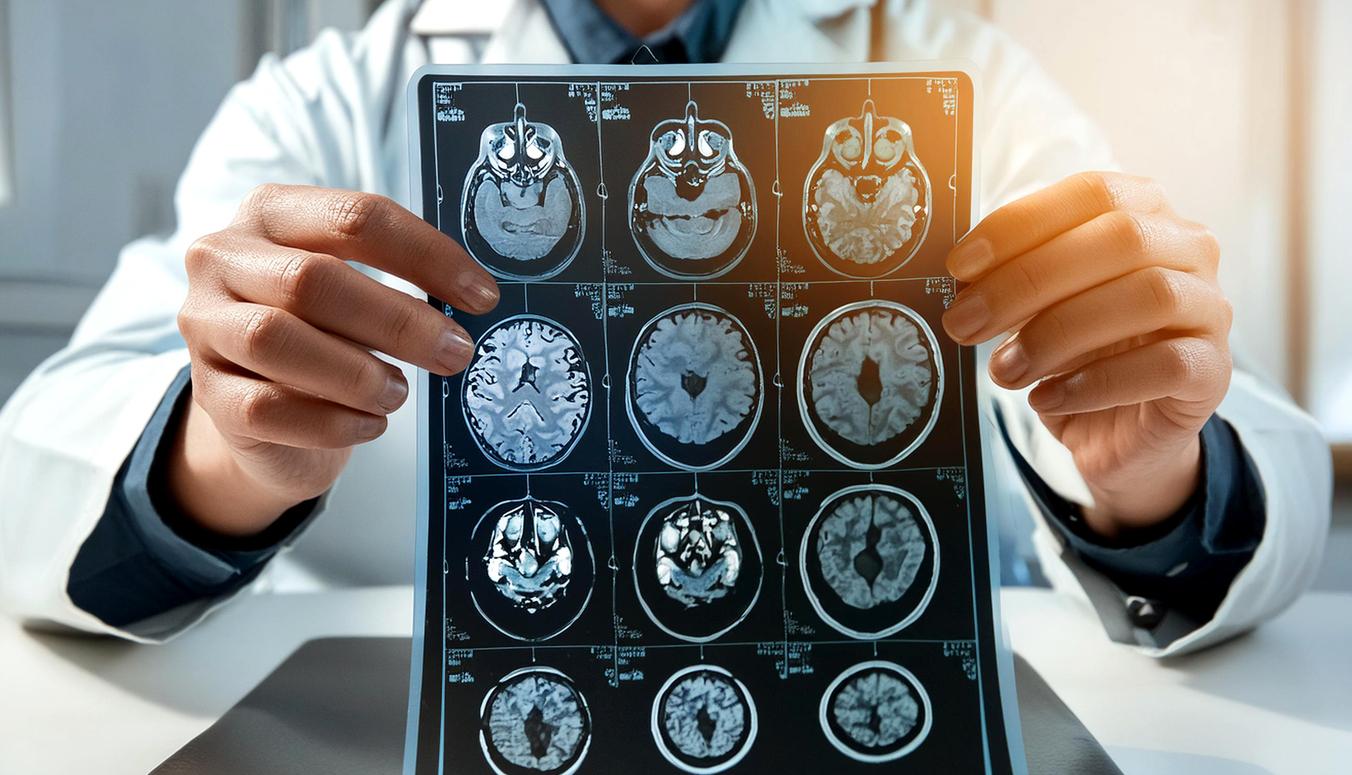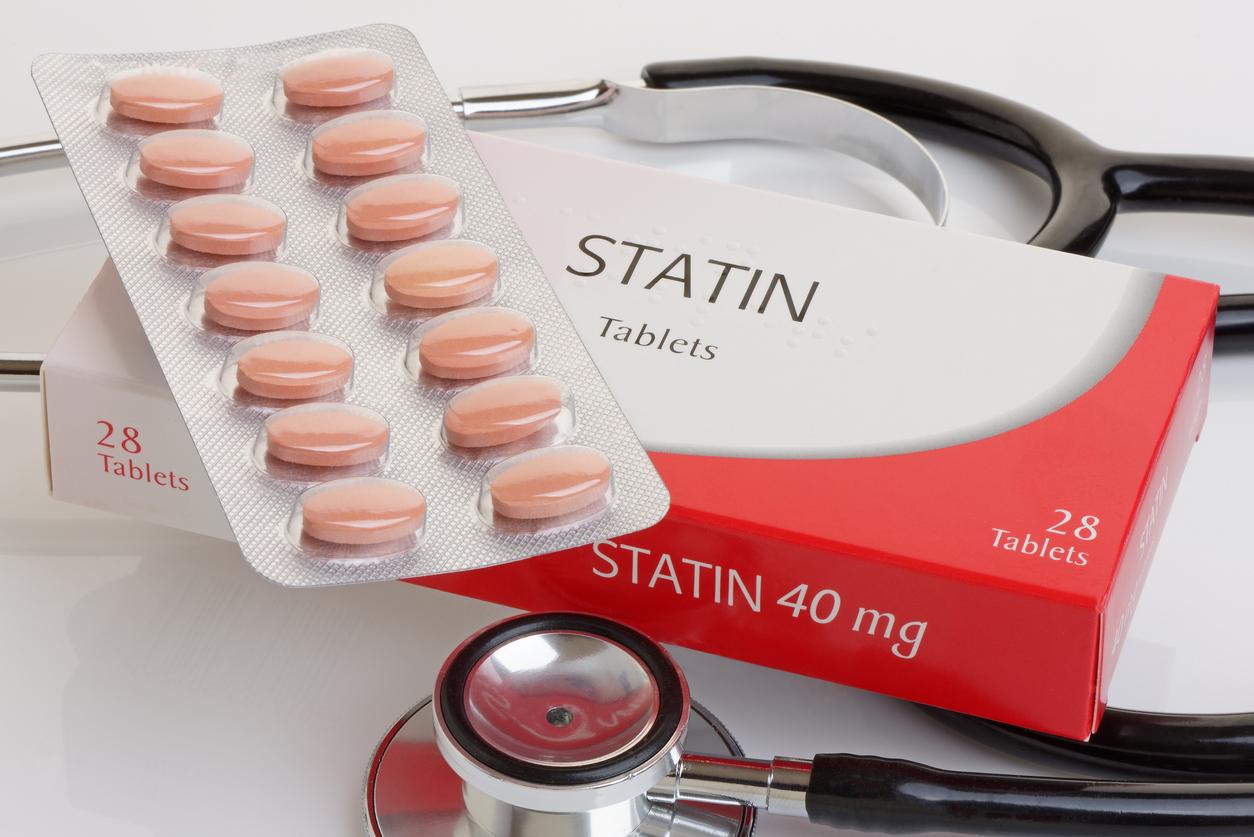- What is a rib fracture?
- What causes rib fractures?
- Symptoms: how to know if it’s a rib fracture?
- What is the difference between a broken and cracked rib?
- Broken rib: how to calm the pain?
- How is a rib fracture diagnosed?
- Management: how to treat a rib fracture?
- What can be the complications?
- What conduct to adopt?
- Can you drive with a broken rib?
- Consolidation: how long to heal?
- Work stoppage: how long?
What is a rib fracture?
A rib fracture is a crack or break ofone or more of the 12 pairs of ribs that make up the thoracic skeleton and envelop the thorax. A rib fracture, although usually benign, can cause severe painespecially when taking a deep breath.
What causes rib fractures?
A road accident, for example, or a fall, as well as a more or less violent shock, can lead to a rib fracture. Sometimes a bouts of violent coughing can cause a fissure and/or a shore bill. Finally, people with osteoporosis are more prone to spontaneous rib fractures, due to a decrease in bone density.
Symptoms: how to know if it’s a rib fracture?
To find out if you have fractured one or more ribs, the first thing to do is to assess the intensity of the pain in your rib cage. Generally, intense and acute pain occurs, hinders deep breathing and is accentuated during an episode of coughing. The pain can last for several weeks.
What is the difference between a broken and cracked rib?
Less serious than a rib fracture, the rib crack is sometimes just as painful. The crack appears as an “incomplete line” on the bone on the chest X-ray.
Broken rib: how to calm the pain?
Regardless of the intensity of the shock and/or pain, theuse of painkillers such as painkillers is strongly recommended to calm the pain until its complete cessation. Finally, rest is strongly advised to reduce this pain as much as possible.
How is a rib fracture diagnosed?
During the clinical examination, a simple pressure on the rib lesion can attest to a fracture. However, an X-ray and/or CT scan of the chest are generally performed to confirm the rib fracture and check forpossible other chest complicationsparticularly with regard to vital organs (lungs, liver, etc.).
Management: how to treat a rib fracture?
Beyond rest and taking painkillers, the treatment of a rib fracture depends on the extent of the injury, the number of ribs affected and any respiratory complications. If the sharp pains can last 2 weeks, it is necessary to count approximately 1 to 2 months of treatment for complete consolidation of the bones. People with multiple can sometimes be cared for in hospital.
What can be the complications?
In some cases of rib fractures, respiratory complications, such as pneumothorax or pulmonary contusion, can be caused by perforation of the lung by a broken rib. Several broken ribs can cause a flail chest, which interferes with breathing.
What conduct to adopt?
In the event of a rib fracture, it is important to adapt your behavior and the way you stand to relieve pain and treat injured ribs. The chest belt, for example, helps to immobilize the ribs. Just like the therapeutic strapping, which, thanks to adhesive strips, makes it possible to limit the inflections of the thorax and the thoracic movements during breathing.
Can you drive with a broken rib?
Rest being strongly recommended, it is not advisable to drive with a broken rib. However, it is possible to drive, even if it is very likely to awaken the pain and hinder breathing.
Consolidation: how long to heal?
After a rib fracture, the Bone consolidation is about 4 weeks.
Work stoppage: how long?
In the event of a rib fracture, the duration of work stoppage varies according to the injury, the patient’s age and the type of job performed. It can range from 7 days for sedentary work to 28 days for physical workor even 42 days if several ribs are affected.
Sources:
Read also:
- Tibia fracture: symptoms, operation
- Thigh fracture: symptoms, diagnosis, treatment
- Spine fracture: symptoms, causes, diagnosis
- Hip fracture: symptoms, causes, how to treat it
- Clavicle fracture: causes and risk factors
















